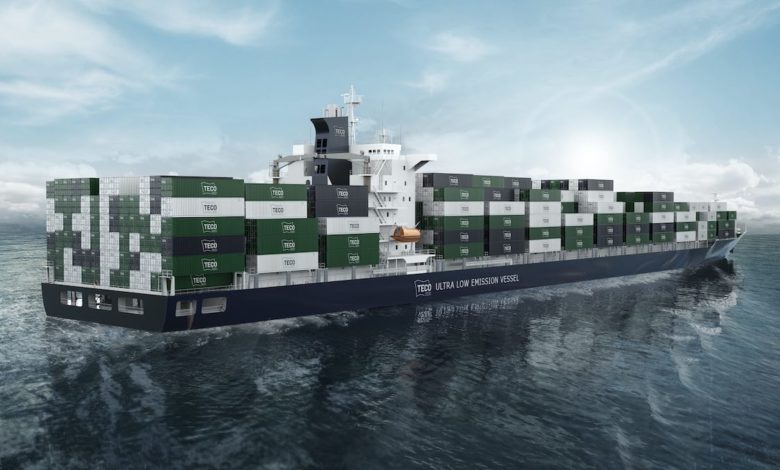Scrubber 2.0: New carbon capture funnel unveiled

A Norwegian, Austrian team today unveiled scrubber 2.0, their version of a future funnel that can capture carbon among a host of other emissions.
The TECO 2030 Future Funnel is a marine emission reduction system developed to comply with not only existing but also upcoming and far stricter regulations in the marine industry. The new funnel system will become available next year. It is marketed by Norway’s TECO 2030, which developed the system with Austrian firm AVL.
“The unique Future Funnel solution can provide shipowners with an Ultra Low Emission Vessel (ULEV) notation. Since more than 40% of the fuel mix in 2050 is expected to be fossil fuels, the Future Funnel will be a significant contributor to the IMO GHG goals,” said Tore Enger, CEO of TECO 2030.
The Future Funnel will allow ships to reduce sulphur oxides, nitrogen oxides, black carbon and particulate matter emissions. In addition, the system will be equipped with carbon capture and storage capabilities.
“This will be the most comprehensive emission reduction system for shipowners looking towards future proofing their vessel operations on fossil fuel,” said TECO 2030’s chief development officer, Shyam Thapa.
Carbon capture and storage and opportunities for the shipping industry were under the microscope in the November issue of Splash Extra.
“CO2 as a commodity could well be a new cargo to transport going forward,” Erik Hånell, CEO of Stena Bulk, told Splash Extra in the in-depth look into the nascent technology to ship and bury CO2.
